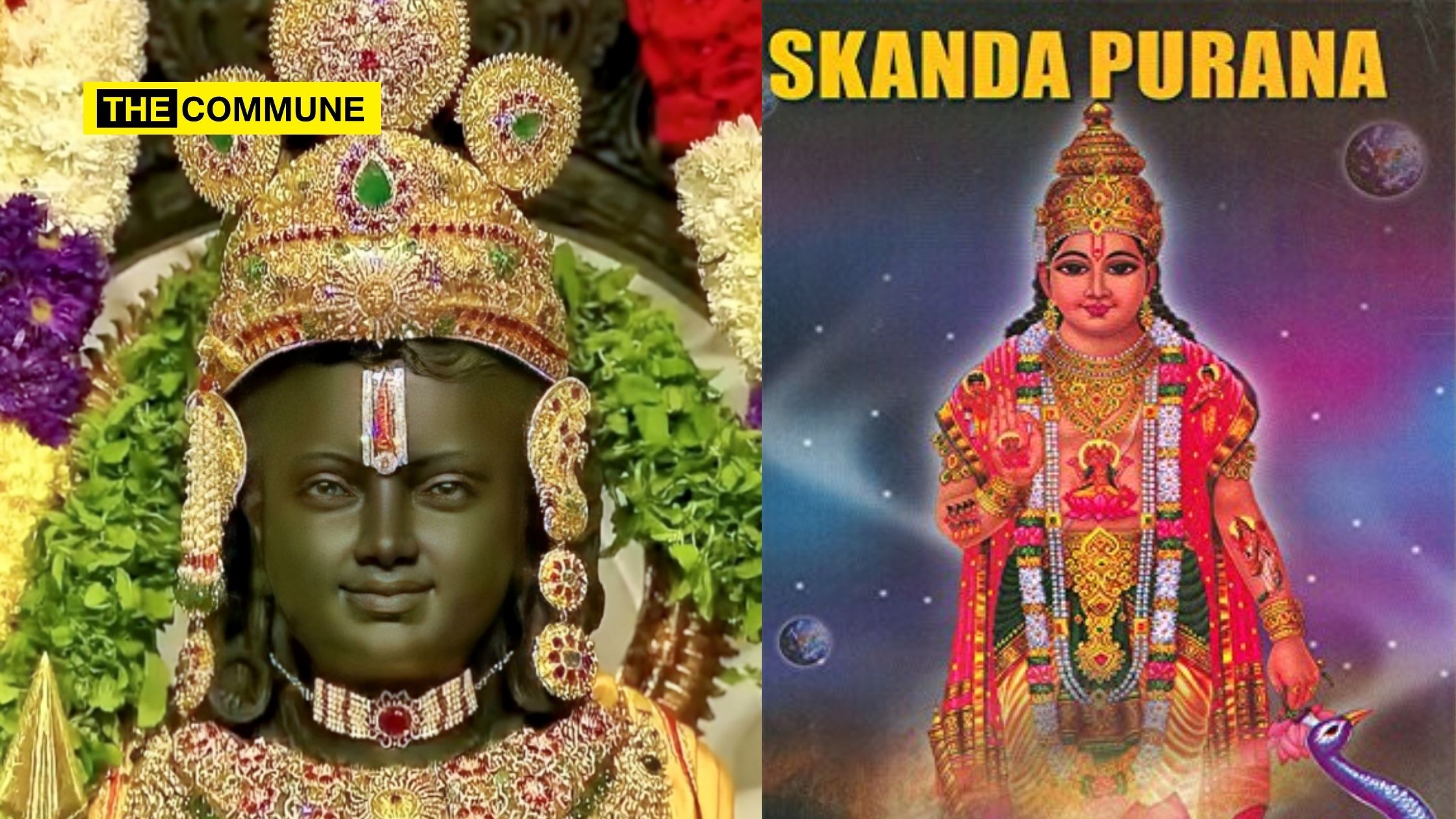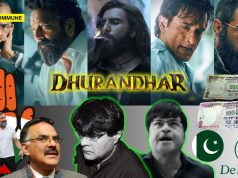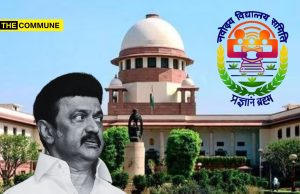
Long before the halls of justice echoed with arguments over Lord Rama’s birthplace, a celestial hand had begun weaving a tapestry of seemingly disparate threads. These seemingly random events, scattered across time, would ultimately converge into a breathtaking revelation, proving the location of Rama’s birth and securing a historic victory for the Hindu faithful.
In 1902, oblivious to the seeds he was sowing, British officer Edward conducted a meticulous survey of Ayodhya’s 148 Teertha Sthalams, guided by the ancient Skanda Purana. He erected stone pillars at each location, marking them with a number. Little did he know, these pillars would become the cornerstones of a legal battle that would erupt several decades later.
Many years after Edward and his government left India, a historian and Indologist named Hans T. Bakker wrote a book in 1980 on Ayodhya’s history with maps based on Edward’s pillars. He surveyed these locations and created five maps. Fast forward to 2005. Lawyer P.N. Mishra, on a seemingly mundane journey from Lucknow to Calcutta with Swami Avimukteswarnanda, lost his way and found himself in Ayodhya. A chance encounter with a wise Sadhu took him to Edward’s forgotten pillars and Bakker’s maps. Of the many pillars he saw before going back to Calcutta, one was Pillar #100, nestled deep within a well and guarded by a Ganesh idol. Later, Mishra was asked by the Shankaracharya to argue on behalf of Sant Samaj for Prabhu Rama.
By 2019, the Hindu side in the legal battle faced an uphill struggle. The ASI report, while confirming a temple beneath the Babri Mosque, fell short of definitively pinpointing Rama’s birthplace. Armed with the Skanda Purana’s verses and Bakker’s maps, Mishra made compelling arguments to prove the exact location of the birthplace. Yet, a discrepancy arose – Bakker’s map, while accurate, didn’t pinpoint the exact location of the birthplace described in the verses.
As doubt threatened to engulf the Hindu side, another thread in the tapestry unravelled.
According to the Vaishnav Khand/Ayodhya Mahatamya within the Skanda Puranam, the birthplace is described as, “To the West of the Sarayu river, there is Vighneshwar, in North East of this spot is the exact place of birth of Bhagwan Ram – it is located East of Vigneshwar, North of Vasistha and West of Laumasa.”
However, during the hearing, the Chief Justice of India (CJI) expressed difficulty in understanding the language used in the Skanda Puranam and requested a more accessible representation. P.N. Mishra, responding to the query, presented a book by historian Hans Bakker. This book includes maps created based on Edward stoneboards (pillars), which, in turn, were placed according to the Skanda Puranam. This revelation, supported by historical maps, has ignited a sensation in the courtroom.
However, a minor discrepancy arises as the Skanda Puranam states the birthplace is North East of Vignesh, while the map by Hans Bakker did not distinctly mark this location, warranting further examination.
Swami Avimukteswarnanda (present Shankaracharya of Jyotishmath, Uttarakhand) summoned as a witness, revealed a crucial detail – the Skanda Purana’s “Vignesh” wasn’t the temple as everyone assumed, but Pillar #100, the one housing Ganesh. Like a missing puzzle piece snapping into place, this revelation aligned perfectly with the verses, pinpointing Rama’s birthplace with irrefutable precision.
The opposing side launched a fierce cross-examination, but the Shankaracharya stood firm. In the next 10 days of questioning in front of five judges, his unwavering conviction and detailed knowledge of the MahaPurana silenced all doubts. In its final judgment, the court acknowledged the meticulous evidence and Shankaracharya’s testimony, mentioning the Skanda Purana a staggering 77 times.
Later, Mishra said if he had not lost his way to Ayodhya in 2005 and had not met Sadhu, he could have never proved the birthplace of Bhagwan Ram in court. This is truly divine intervention.
(This article is based on a thread by 1008.Guru)
Subscribe to our channels on Telegram, WhatsApp, and Instagram and get the best stories of the day delivered to you personally.




